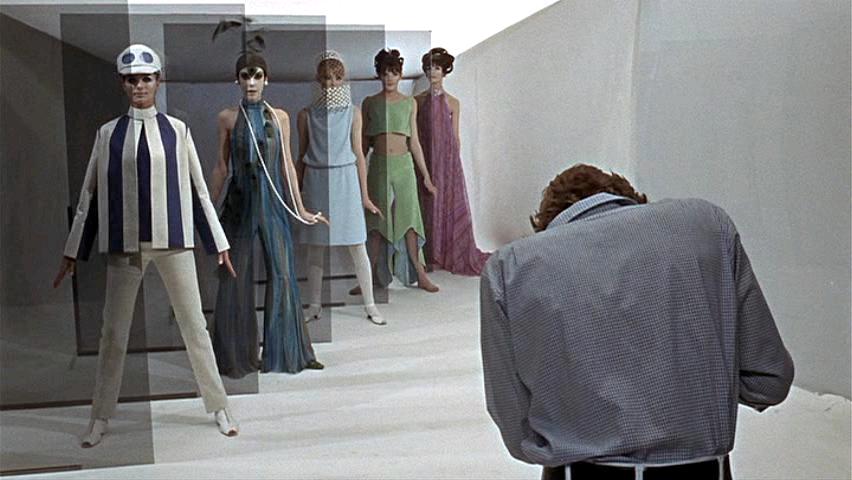For one week starting April 11, the Kendall Cinema in Cambridge will feature a new film called WATERMARK by Jennifer Baichwal and Edward Burtynsky. It’s a clever and fitting title, as the film’s main theme is both transparent and indelible: by exploring the myriad ways that water connects, supports, and shapes life on earth, and the reciprocal ways that humans exploit, worship, transform, and increasingly threaten this precious resource, we come to appreciate the changing nature of our relationship to the limitless world of water and the limited water of the world.

Similar to the team’s 2006 award-winning collaboration, MANUFACTURED LANDSCAPES, the film follows Burtynsky as he travels around the globe to create large-format photographs of large-scale phenomena. Together, we confront stunning examples of just how profoundly our species has altered the planet’s natural water systems: the concrete walls of the towering Xiolangdi and Xiluodo dams; the technicolor contamination of tannery runoff sluice-ways in Dhaka; the immense “Water World” grid network of floating abalone farms in the South China Sea; and the dry river beds and toxic dust storms left behind from the thirsty snaking aqueducts in California and elsewhere. Added to these environmental and infrastructural landscapes — again, as in the previous film — Burtynsky’s eye seeks out massive rivers and oceans of humanity as well: beaches thronging with people at the U.S. Surfing Open; crowds, mesmerized hourly, by the Bellagio’s Dancing Fountains in Las Vegas; and the obligatory story of 30 million pilgrims streaming down to wade in the Ganges River each year.
Through Burtynsky’s lens and the still images he creates, we see these people, places, and problems transformed into luxurious, wall-sized, 60-megapixel color prints; the flow of the film is punctuated with pauses as the finished photographs emerge and expand to fill the entire screen. At the same time, through Baichwal’s lens and the moving images she captures, we learn how these photographs were made and — perhaps more importantly — we learn how read them and make sense of what we are seeing. In the words of the director, “Watermark tries to create a space to think about something in a different way. After three years of almost total immersion, I will never turn on a tap with the same unconscious nonchalance that I did before we embarked on this challenging and deeply rewarding film.” Taken another way, the “watermark” of the title could therefore evoke this hidden sigil, a promise of potential transformation for those who look: that is, the life-altering change in perspective that great art is able to bring about may require us to stop for a moment to seek it out.
The film illustrates Burtynsky’s process, guiding us through his unique way of inquiry as he visits each location and uses his camera to reflect critically and think deeply about our dependence on water and the effects of our actions on the planet’s natural systems. We see him approach each image – often with a jeweler’s loupe fastened to his eye — to probe the pictures and extract the stories contained within them: to help us learn this process ourselves, the film likewise zooms in to the actual scenes and animates the stories, restoring the context and life frozen (or perhaps encapsulated) by the camera. When treated as such — by a truly inquisitive, reflective, actively-engaged viewer — Burtynsky’s photographs can be recognized as a form of fully “synoptic art” (following Allan Bloom’s introduction to Rousseau’s Emile): similar to great works of philosophy, they present “something with which one can live and which becomes deeper as one becomes deeper.”
Finally — again, as with a true watermark — the images in the film also serve as proof of the distinctiveness and quality of this particular product, and no written review can convey the power and complexity of these images: Burtynsky has selected the perfect medium to make his points; Baichwal’s equally important contribution is to guide us (wordlessly; artfully; showing, not telling) so that we may learn to see in new ways and begin to think with an active eye that connects what we observe with what we know, feel, experience, and perhaps ultimately, choose to do about it.
Living in Boston, we are extremely fortunate to be able to see this film on the big screen, as it must be seen, even if for just one week. Consider these brief comments as a teaser for the film, not a replacement: go see it, pause, and think about the landscape of water you inhabit.




